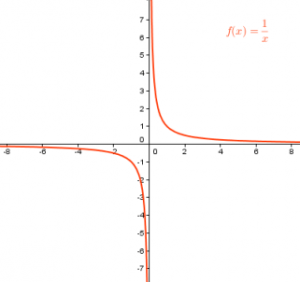Properties and Graph of Linear Functions
In the previous three posts, we have learned about graph of linear functions in relations to its graph. We summarize these learnings in this posts.
The linear function has equation y = ax + b where a and b are real numbers. The number a is the slope of the graph of the function and the number b is the y-intercept. The sign of a determines the direction of the graph (click here for detailed explanation). If a > 0, the function is increasing and if a < 0 then the function is decreasing. If a = 0, the graph of the function is a horizontal line.
The value of a determines the steepness of the graph (click here for detailed explanation). As the absolute value of a increases, the graph becomes steeper. The value of b increases the value of the function by b if b > 0 and decreases the value of the function if b < 0 (click here for a detailed explanation). Graphically, this translates the function vertically — up of b > 0, down if b < 0.
For more mathematics posts, visit our Mathematics page. For the latest posts, visit Post List. For the complete list of more than 1000 articles about Mathematics and Multimedia, visit our Archives page.
